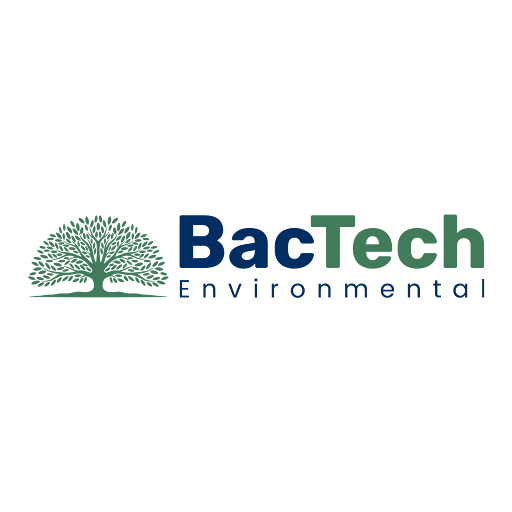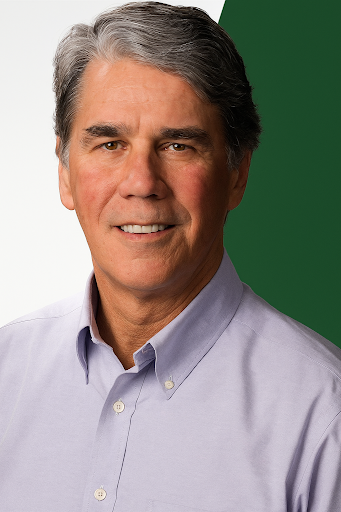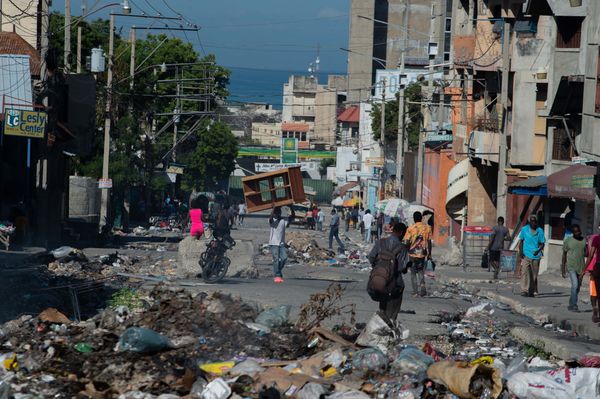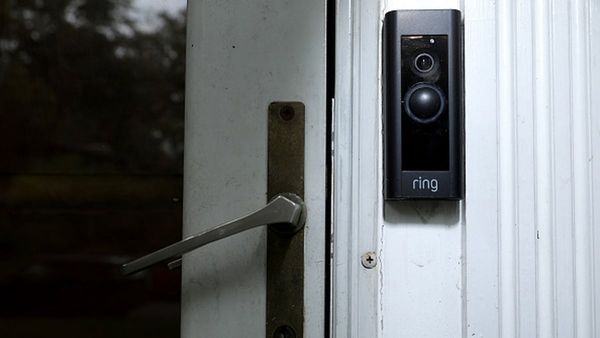
For more than two decades, Ross Orr has been challenging one of mining's most prominent paradoxes: The Sustainability Paradox, which often asks the question: Can extracting the Earth's resources ever truly be sustainable? But his company, BacTech Environmental, believes that the answer lies not in digging deeper but in looking closer at the microscopic world of naturally occurring bacteria.
The company applies a process called bioleaching, which implements naturally occurring bacteria to break down sulfide ores, rock formations that often contain minerals like gold, silver, and other valuable metals. "Our technology implements this bacteria to effectively put metal into solution," Orr explains. "And then we use conventional technologies to take those metals out, freeing the minerals from the sulfide ores."
He likens this process to dismantling a wall. "Sulfides are the mortar that holds everything together," he explains. "The bacteria eat the mortar away, and once that's gone, the metals are freed." Within a matter of a few days, Orr notes that material moves through a series of tanks, agitated by big impellers so that the bacteria can access every particle. This process can result in a solution rich in dissolved metals like copper, nickel, cobalt, zinc, and iron. The white gold and silver, which don't react with the acid, remain intact and ready for recovery.
In addition to recovering these materials, BacTech's process carries a unique environmental benefit. Orr notes that many ores, particularly in regions like South America, may contain arsenic, a substance that often poses several challenges, including waste disposal and high toxicity. BacTech's method aims to tackle these challenges and stabilize the arsenic. "Once the solid and liquid phases are separated, we add limestone, that is, calcium carbonate, to the liquid," Orr explains. "The first thing that occurs is that this combination triggers a reaction where iron and arsenic bond to form ferric arsenate, which is a US EPA land-fillable form of arsenic."
This technique of extracting arsenic has differentiated BacTech within the industry, where many may often eschew arsenic mining as it signals higher costs, longer permitting timelines, and steeper environmental risk. "When we run toward a project with arsenic, we often find miners going in the other direction," he shares. Yet this very gap has provided the company with its purpose.
Through its proprietary bioleaching approach, the company is developing a regional processing facility in Ecuador designed to handle concentrates for up to 100 small mines, ores that contain arsenic and are often rejected elsewhere.
Rather than penalizing miners for arsenic content, BacTech's model aims to pay them fairly while processing the material safely within Ecuador. "We're not interested in exporting the problem," Orr explains. "We are producing everything in-country; we aim to avoid import or export taxes and support local economic development."

BacTech's Ecuador project is central to the company's next phase, as it finds itself in the midst of raising the necessary capital to complete construction, a milestone Orr sees as pivotal for both credibility and expansion. Rather than diluting shareholder value, the company has decided to finance the project through its 100% owned subsidiary in Ecuador, BacTech Verde."Investors will receive a share of the project's cash flow until their investment is repaid, after which their position will convert into equity at the project level," he explains.
Once operational, the Ecuador plant will serve as a blueprint for expansion across Latin America, including future projects in Peru targeting copper, gold, and silver. The modular design of BacTech's system can allow new capacity to be added without disrupting existing operations, a feature that supports steady scaling and long-term growth. The company's track record already includes plants in Western Australia, Tasmania, and China, each validating the technology at different scales.
In April of this year, BacTech filed a global patent for the Bioleaching of pyrrhotite from the Sudbury mining camp. The technology aims to separate pyrrhotite into its basic elements, which can be resold as individual products. For example, the process will produce magnetite (steel), an ammonia-based fertilizer using the sulfur and the associated critical minerals contained in the pyrrhotite. BacTech believes that the technology will not only reprocess tailings but can also be added to the backend of an existing operation to recover the iron and sulfur streams headed for the tailings.
To that end, BacTech is exploring partnerships with major engineering and mining groups, seeking to license its technology on a regional or global scale. The company envisions a future where its method becomes a standard for mine tailings. "The market is so big we can't possibly handle it all ourselves," Orr says. "Our goal is to license the technology while enabling others to deploy it."
Rooted in scientific curiosity, BacTech has evolved into a global effort to make resource recovery cleaner and more efficient. Orr reflects on the journey with a clear sense of purpose. "This is an environmental technology," he says. "It's green processing, and it shows that innovation and responsibility can move in the same direction."







